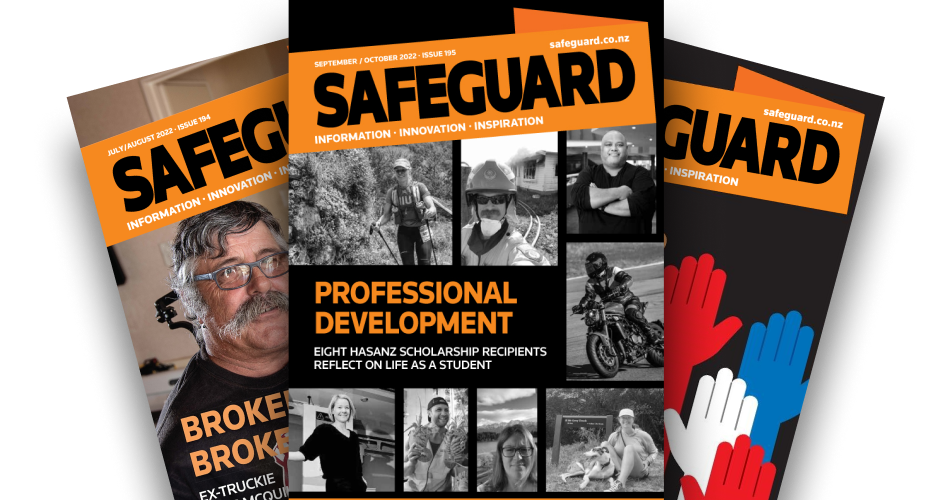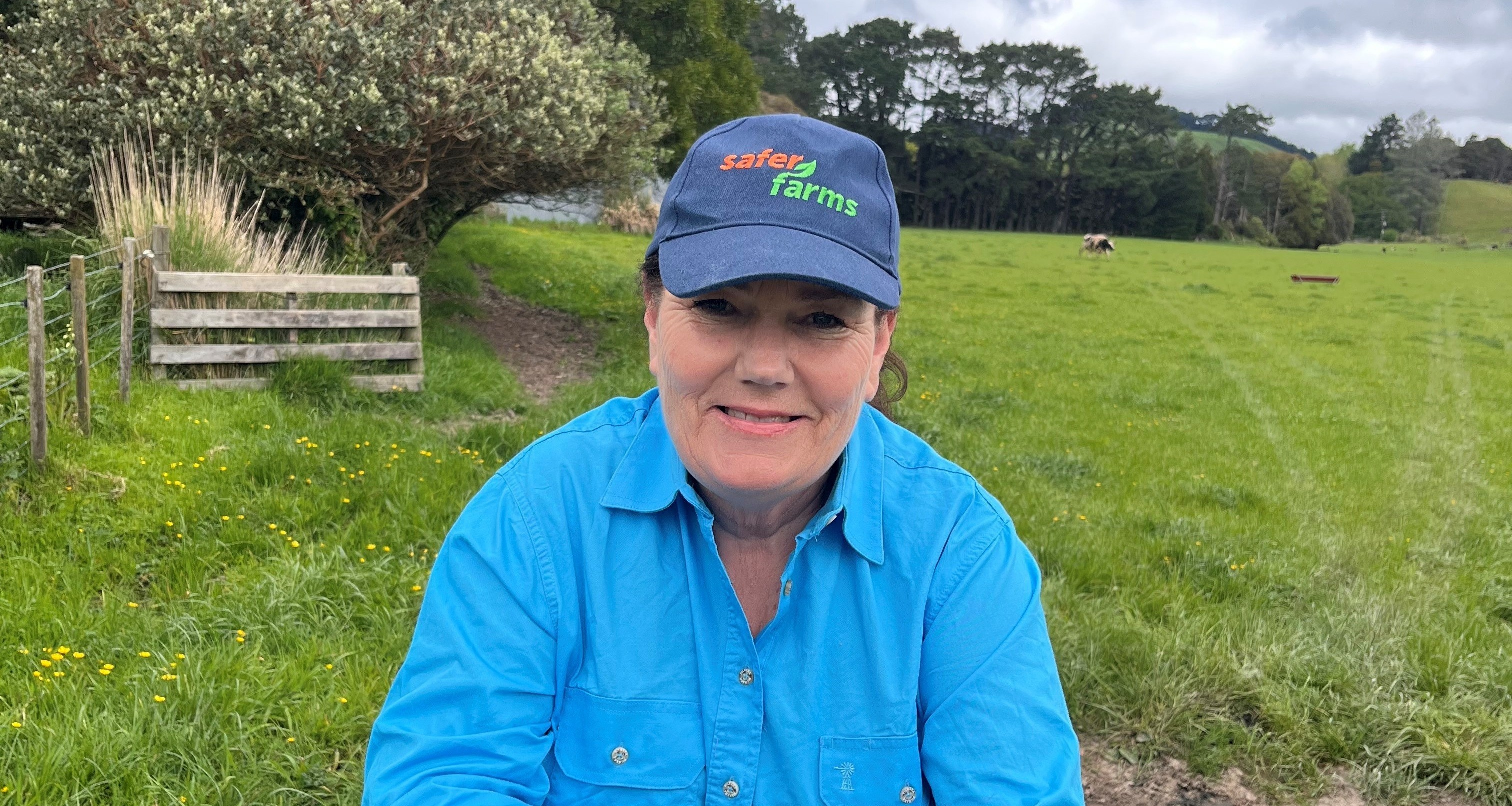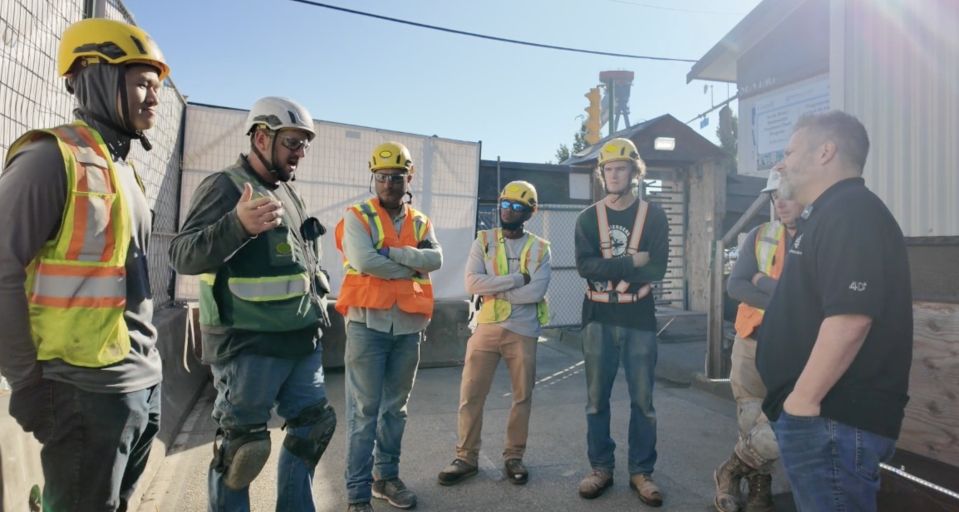Ask Gavin Hudson about how his career path helped form his views on safety, and his answer is quick: “It’s probably how it forms my view on people because you cannot have good safety without people, and good safety is good business and has to be part of what we do.”
Since taking over as chief executive of C3, New Zealand’s largest on-wharf logistics company, Hudson has been on a mission to remove all of its workers from the frontlines of risk – a big ask for an organisation operating 24/7 in high-risk environments. The company manages more than 29 million export logs a year and handles receival, marshalling, storage and stevedoring of logs and wood products, steel and bulk product, and loads and unloads cars from vessels.
It’s in the nature of the business that C3 is often not directly in control of its work environment, working with multiple PCBUs on sites it doesn’t own in an environment where risks include multiple cargo movements, heavy machinery, suspended loads, rigging under tension, dynamic shipping and weather.
Safety as value driver
Hudson says when he took on the role in 2020 – he was already CEO of Pedersen Group – he went in with his eyes open, knowing there was work to do to create a strong culture of trust and safety, and that the matrix reporting framework could result in messaging becoming confused.
“For me, it was about bringing unity, giving the business clarity, making sense of what I call value drivers. Safety is a permanent one of those.”
Things that aren’t a value driver aren’t ignored, but they’re not prioritised over what is important. As Hudson says, it’s all too easy to get distracted by something urgent, but urgency doesn’t mean it’s important. And safety, he says, is inherently important.
“If safety is only treated on an urgent basis, that means you are reacting in the safety space. [Instead] make it a centrepiece of your importance and live to that. Give the business permission to not be as responsive, or not have to close out matters that are not on that value driver list.”
People off the wharves
Hudson and C3 put a stake in the ground and said they wanted to remove people from the wharves, where a prime risk was working with suspended loads being hoisted on and off vessels.
“The cranes were operated by our employees, everyone on the berth is our employee – and they’re literally swinging the wires, attaching them … and swinging whatever cargo it is going onboard.”
Staff would be alongside writing down SKUs. Before the line was heaved up, staff would retreat into a steel reinforced container, as the cargo – which could be up to 25 tonnes – held by two wires was lifted up to 26 metres in the air.
“It was a recipe that made me incredibly nervous,” recalls Hudson.
“We had highly skilled people who were very competent at what they were doing. But it is a massive undertaking of risk from pinch points, suspended loads, machine versus human – because machines are on the berth bringing cargo to and from under the crane or underneath the hook – and machine on machine risk as well.”
Technology rollout
A review programme with trusted partners identified solutions which would remove workers from the most dangerous activities. The solution wasn’t one single project or piece of technology, but instead three technology advances, rolled out in a staged approach.
Log stevedoring grapples, introduced in 2022, have eliminated the standard high-risk activity of physically slinging loads, eliminating more than 65,000 hours of high risk exposure, with around 500,000 log heaves loaded without a worker in the line of fire.
Advanced camera technology automatically counts and scans logs ship-side, while engineered log butting solutions ensure logs are flushed up in a heave, removing the need for butting tractors and reducing the number of machines on the wharf.
The work included a major collaboration exercise with unions and staff, who were involved from design through build, trials and implementation. Some roles were disestablished, but Hudson says no one lost their job, with manual workers offered pathways to train to become machine operators – getting them out of the weather and into higher skilled, better paid jobs
This desire to remove people from the frontlines of risk extended beyond the wharves. Laser lockout boom gates on truck lanes and movable scaling ramps are now in all the company’s log truck checkpoints. The ramps have eliminated 1.4 million ladder uses annually and eliminated the safety risk from climbing ladders between and at the rear of log truck packets as each log is ticketed and scaled by workers at checkpoints.
The ramp works in conjunction with the laser lockout. The beam is broken when scaling ramps are in use, so only once the ramps are all stowed – and therefore people out of danger – can the boom gate lift and the truck proceed.
A culture of learning
He acknowledges that ensuring a focus on learning, rather than blame, needs constant work. When people join the company or are promoted internally, it can’t be assumed they will have the skills required.
“Just as it is throughout all of New Zealand, the best operator becomes the supervisor becomes the manager. But we don’t necessarily train them along the way. All of a sudden they are faced with these responsibilities and having to own things that we can’t take for granted that they know.”
At C3, support programmes begin below manager level so people can understand clearly the company’s standards, and why things are done the way they are.
“Most people have probably been exposed to a blame culture in their career at some stage.
“We explain that we are so embedded into ‘safety is good business’, we do it because we want to learn. So we lead with the learning environment right up front, and we have to be true to that.
“How we respond to incidents needs to always be consistent and learnings-based. Sure, we may have incidents where we have to follow through, but we never lead with the stick.”
A culture of care
With 1400 people working in Pederson Group operations in New Zealand and Australia, Hudson sees safety and business as intertwined, with the company’s people presenting both the biggest opportunity and the biggest risk to the business.
“When we employ someone we get all of them. What happens at home comes to work and what happens at work goes home.”
It’s a matter of genuinely caring for people and enabling that care to permeate into everything, not just the company’s systems and processes.
“If they make a compromised decision, it can have a massive effect on their health and safety and the consequence across our business is material and significant.
“I’m involved with it because I’m passionate about it, because I care for our people as do other leaders. I need to exhibit the behaviour I want leaders throughout the whole organisation to have.”




